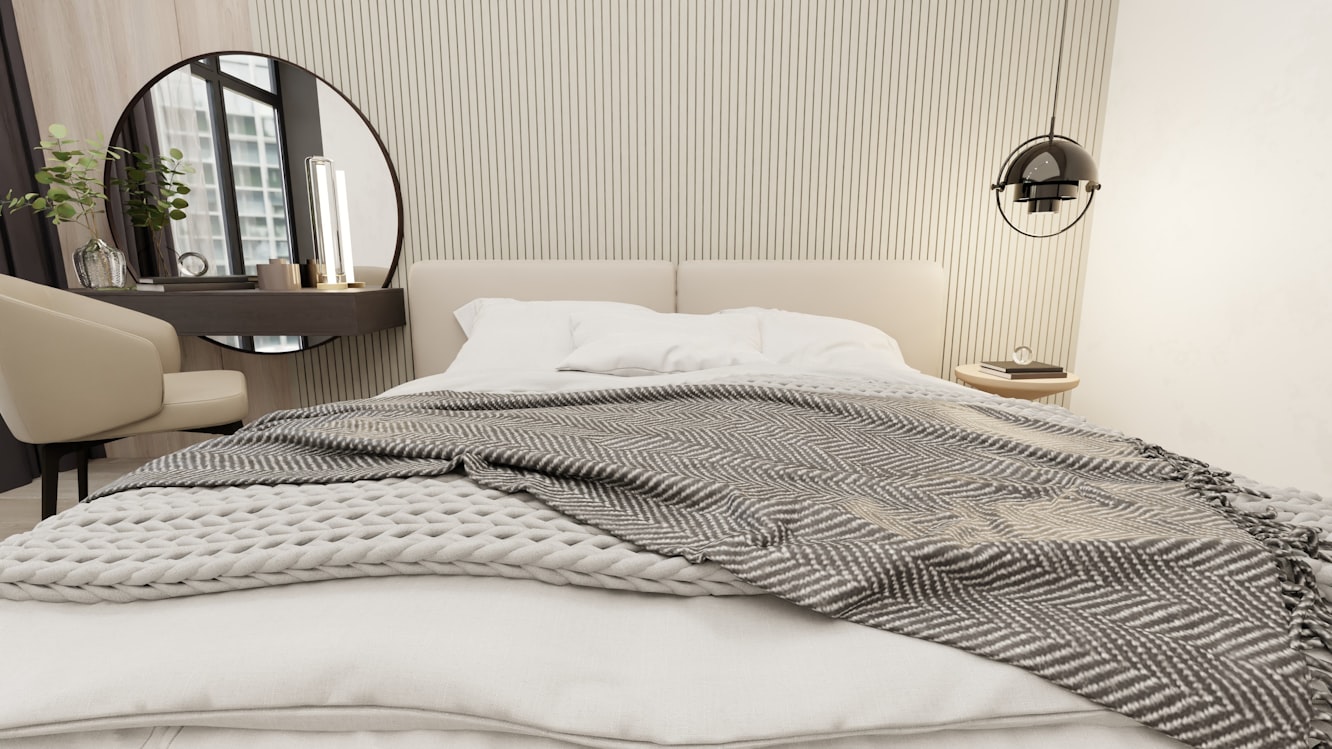If you're scared to decorate with patterns, don't be. They are such a fun way to add some personality and interest to your space. You just need to know how to do it right. That's where we come in! We've rounded up our favorite tips and tricks for decorating with patterns so that you can confidently add them into your home without worrying about making it look like a circus exploded all over the place.
Use varying scales
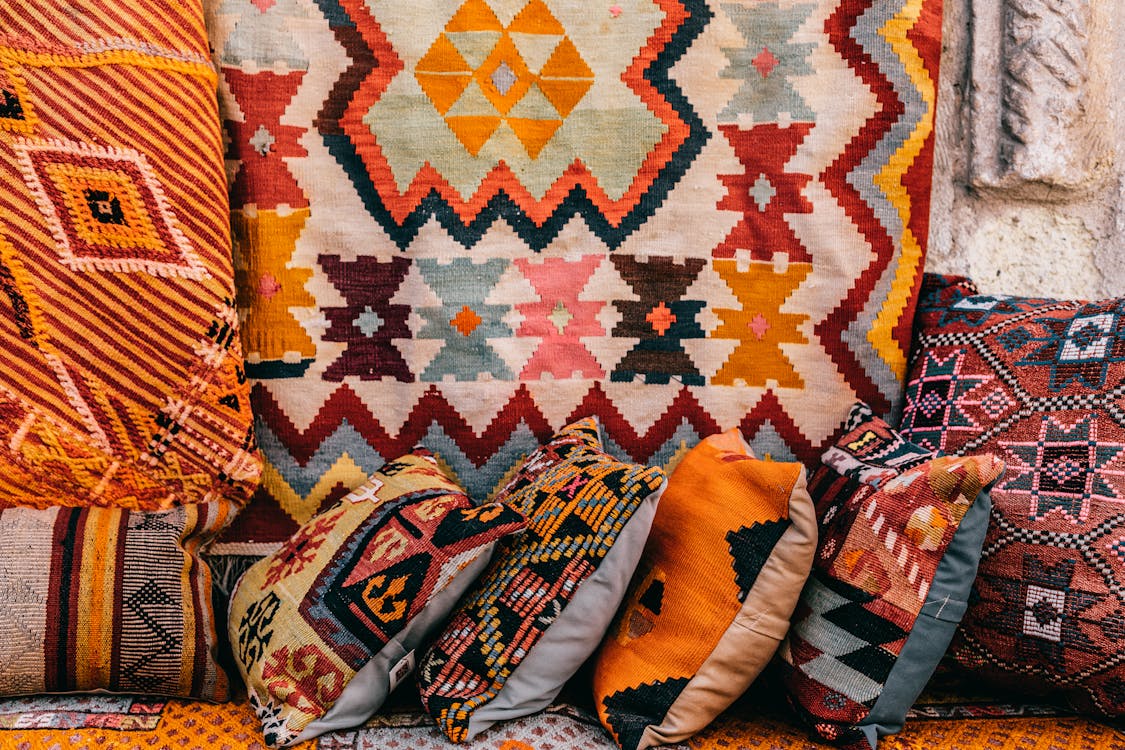
If you're scared to decorate with patterns, you can use varying scales. This will help make sure your space doesn't feel too busy.
- Use a large scale pattern on a small piece of furniture like an accent chair or ottoman. This will draw the eye away from those pieces and balance out the space, making it look more "patterned" overall.
- Use a small scale pattern on a large piece of furniture such as your sofa or rug. This amplifies the size and depth of your furniture by contrasting it with something that's not so bold (and therefore won't overpower). It also creates contrast in color, which helps keep things interesting!
Your colors don't have to match
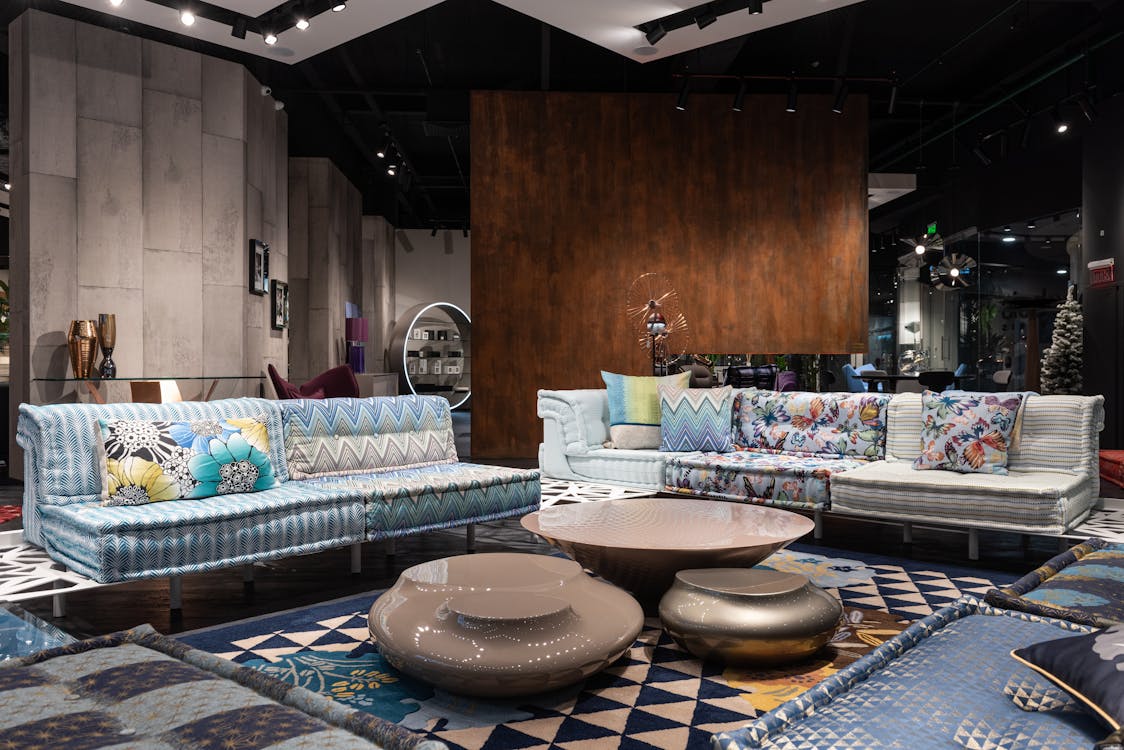
Don't worry about having your colors match.
While you might have been taught that everything in a room should match, it's perfectly acceptable to mix and match colors when it comes to pattern as long as they're in the same family. For example, you can use different patterns but use the same dominant color (blue) throughout your entire room. Or, use one pattern with two accent colors (usually one dark and one light). The key here is consistency—if all of your patterns are shades of blue or floral designs, then using them together will help create a cohesive look instead of just throwing random patterns on the wall without rhyme or reason!
A monochromatic room can be interesting
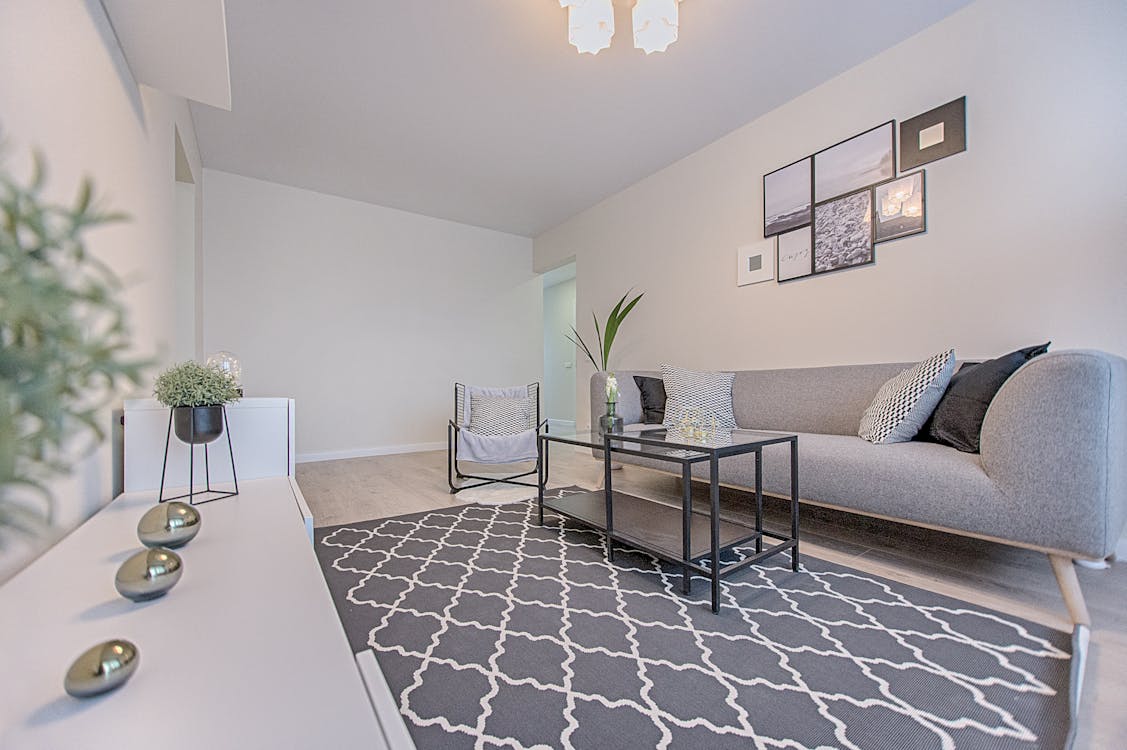
A monochromatic room can be interesting, and it’s a great way to start decorating with patterns if you feel nervous about them. Monochromatic means that it is the same color, but with different values or shades. This gives the space a calming, relaxing vibe. It’s also super easy to decorate: just pick your favorite shade of one color and add some accessories!
What could be boring about a monochromatic room? Well… nothing actually (unless there are no patterns at all). But adding small accents in another shade of the same color will break up the space and make it more interesting. This will give your eye something else to look at when you enter the room instead of everything blending together into one big blob of... well... whatever color you chose for your walls!
Group patterns together
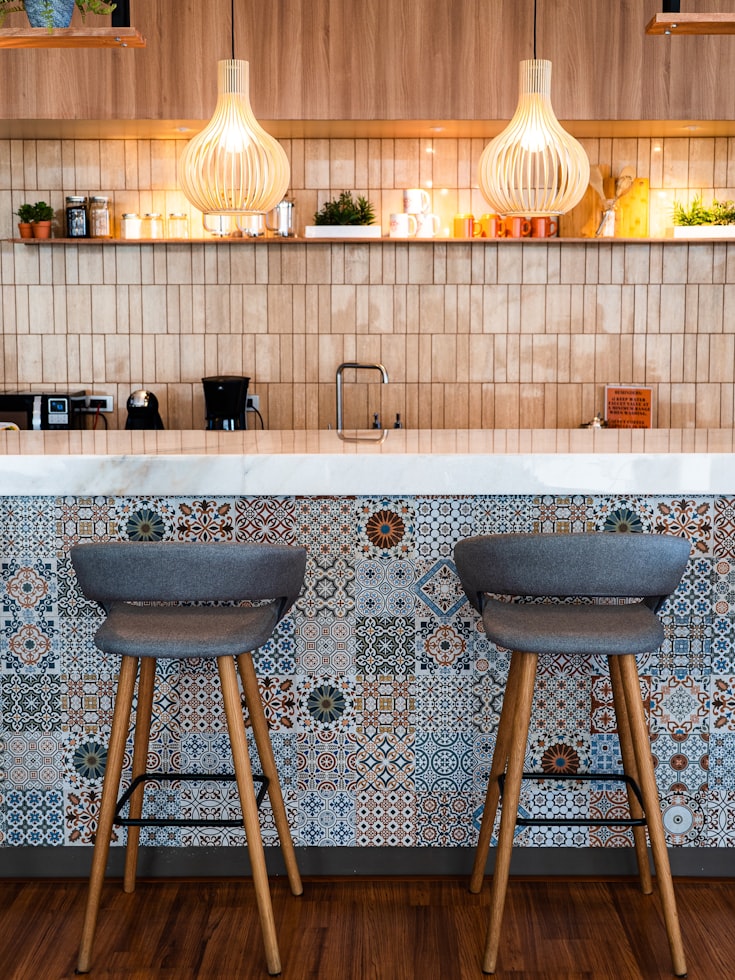
Grouping patterns together can give a room a cohesive look, help you use more of your favorite patterns, and make a room feel balanced.
- You don't have to be afraid of combining patterns. Yes, it's true that we've been told our whole lives that certain colors clash with each other. But when it comes to decorating with patterns, there are no rules against using two or three distinctly different ones at once (or even more).
- The trick is not letting your eye get overwhelmed by all the detail in each individual print. Instead of focusing on analyzing every single element in each pattern, try looking at them as elements within larger groups instead. For example: imagine how this room would look if we changed just one thing—say, swapping out those rugs for something else? It would be completely different!
Consider adding a solid
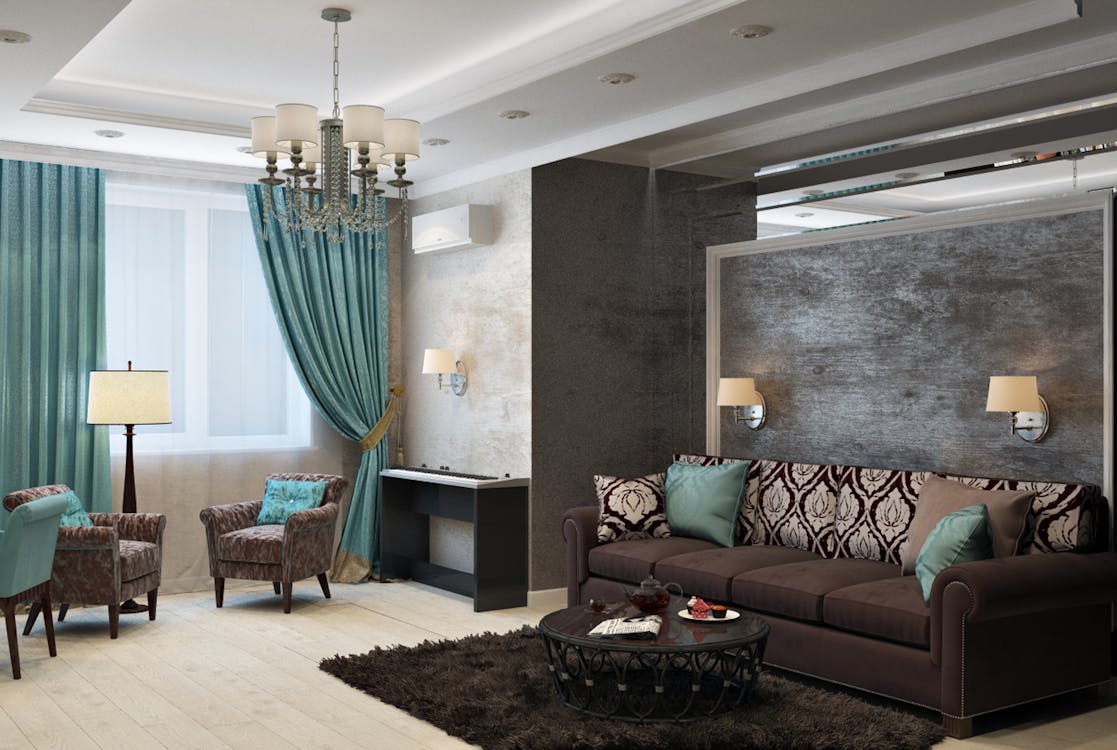
When you're decorating a room with patterns, it's easy to get carried away with the pattern and forget about texture. Adding a solid piece to your space will help anchor all of those busy patterns and make them feel intentional.
- You can use a solid piece as an anchor in otherwise patterned rooms. For example, if you have two adjacent chairs with different fabrics on one side, then adding another chair that has no fabric at all (or something like leather) will help pull things together by providing some visual balance.
- A solid piece can also be used for contrast when paired with patterned pieces—like using white curtains with gold trimming or navy blue upholstery on a sofa...the colors are still there but they aren't competing for attention anymore! This is especially helpful if you don't want to spend money on additional furniture because it'll still give people something else besides wallpaper or paintings to look at while they sit down."
Large patterns work best on large pieces
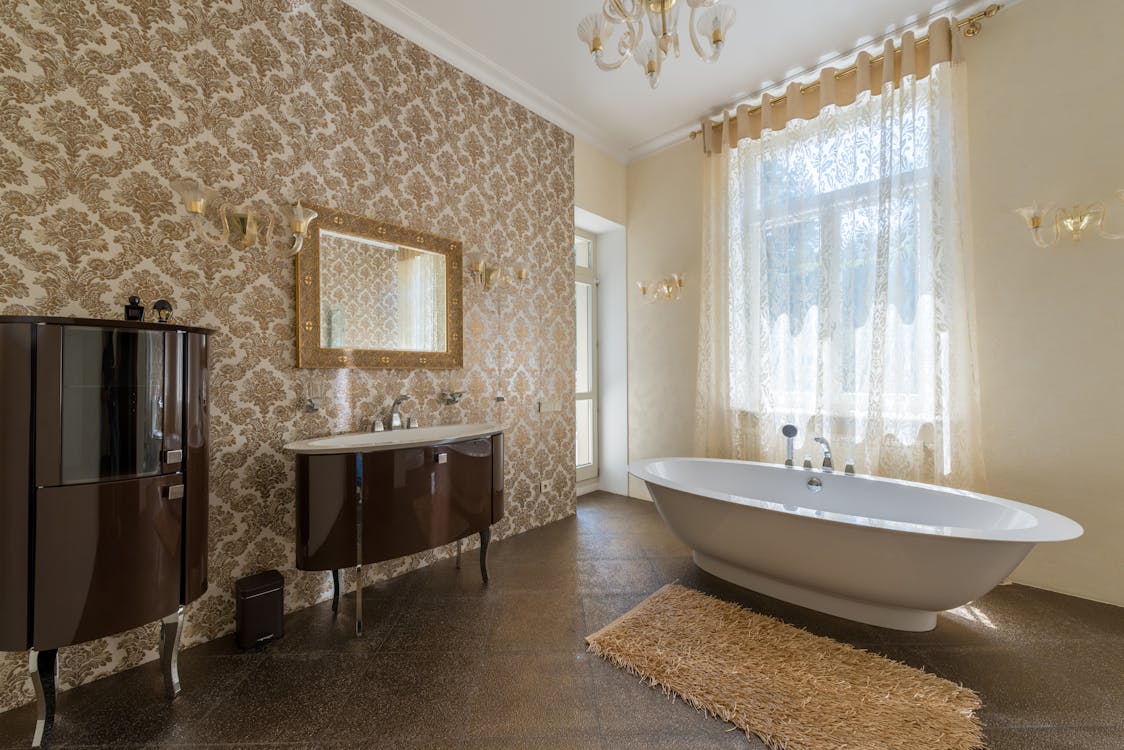
Whether you're painting a wall, laying down flooring, or choosing accessories for your furniture, the larger the item is, the larger its pattern should be. This will make it appear to recede into the background of your room instead of standing out from everything else—which is what you want it to do if you're afraid of patterns like me!
You can also use this rule for curtains and drapes: no matter how long or short they are, make sure that their patterns are large enough that they don't compete with smaller items around them.
Odd number patterns

Odd numbers are more interesting than even ones. For example, if you have a room with 10 paintings arranged in two rows of five each, it will look more balanced and symmetrical than if they were arranged in two rows of four each. However, if you have nine paintings on the wall instead (or 11 or 13), it will look less balanced and symmetrical because there aren't enough to fill out all the space evenly. In general, odd number patterns tend to feel more spacious than even number patterns because they create more empty space between objects.
Balance busy and subtle patterns within the same space
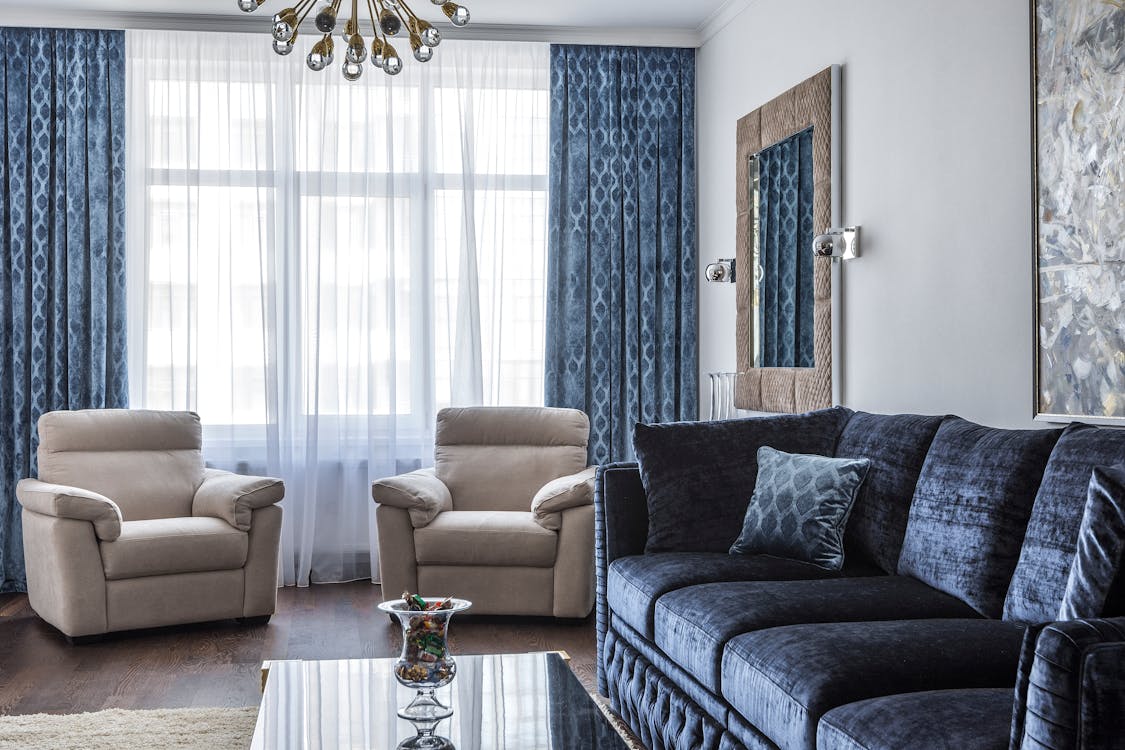
If you're scared to decorate with patterns because you think they'll clash, one trick is to use similar patterns in different sizes and colors. For example, if your sofa has zigzags on it and the table lamp next to it is a zigzag pattern, balance them out by contrasting with a chunky stripe pattern on the curtains or rug. This way, when you look at the room as a whole it feels balanced and cohesive. It's also important that all of your fabrics are from the same color palette—this will help everything work together as an ensemble instead of separate pieces thrown together haphazardly!
Another great way to balance busy and subtle patterns is by using similar designs in different hues; for example, instead of using two different types of stripes (like blue stripes vs yellow stripes), try using both blues but varying shades so they still feel like part of one big family but provide enough visual interest without being overwhelming.
Break the rules!
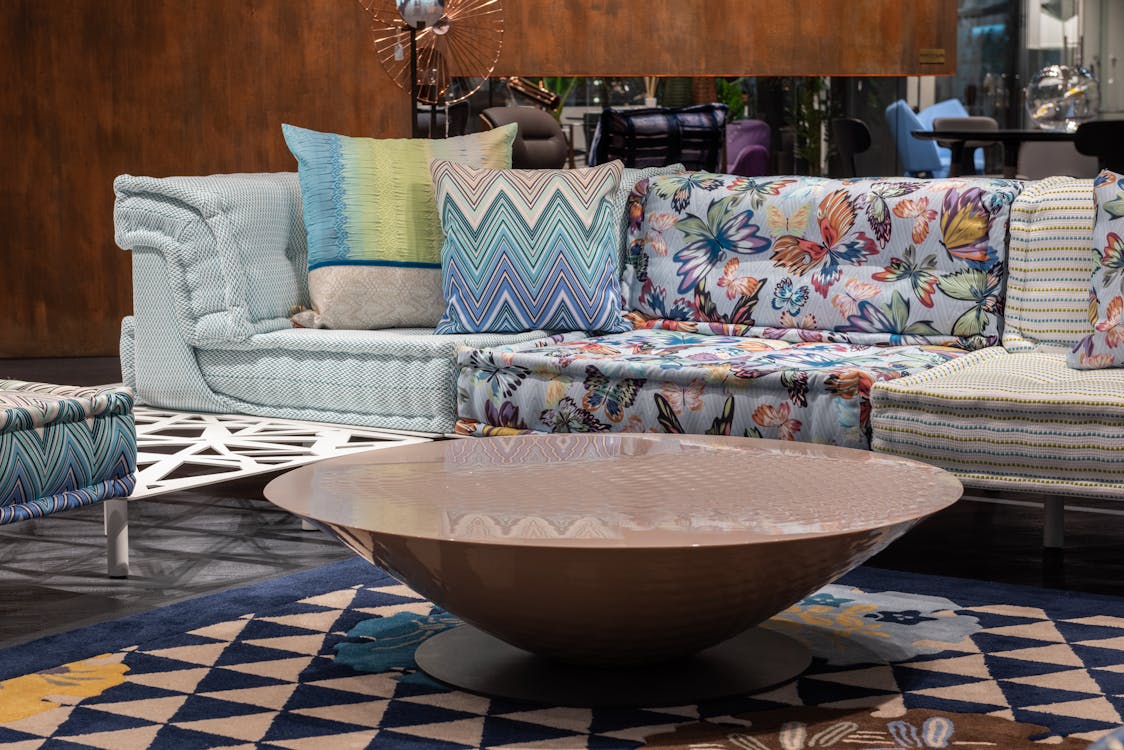
Patterns are an excellent way to add a bit of fun and personality to your home. However, if you're nervous about decorating with patterns, it's easy to go overboard and end up with something that looks like a circus tent exploded all over your walls. Don't worry—we can help! Here are some tips for how to use patterns in your home in a way that's flattering and stylish:
- Mix different kinds of patterns together. Don't be afraid to mix stripes with polka dots, or florals with paisleys (for example). You might be surprised at how well they complement each other!
- Use multiple scales of the same pattern. This is especially effective when using geometric shapes like hexagons or diamonds: they look great when alternated on different sizes!
- Use varying colors in your chosen motifs. Don't limit yourself—if you love stripes, try pairing them with rainbows or red roses (or even black-and-white photos of puppies). You'll be amazed at what happens when you break the rules!
Stick with a consistent hue, shape or style when mixing different patterns
When you're mixing patterns, it's important to stick with a consistent hue, shape or style when mixing different patterns. Mixing patterns that have different scales will create visual tension and detract from the overall design. For example, if you have a large-scale pattern on an area rug, sticking with small-scale patterns in the rest of your room will help tie everything together instead of clashing.
Another way to make sure your rooms look cohesive is by creating symmetry. As you move around a space, notice how much more pleasing it is when there are two matching pieces on either side of where you're standing (or sitting). If this isn't possible aesthetically or financially, try placing one mirror directly across from another mirror in order to create symmetry for yourself without breaking bank accounts!
Bonus: Here's an expert secret:

Another idea is using tapestries! With their intricate patterns and rich textures, have been a timeless element in interior decoration. These woven artworks not only add a touch of elegance and luxury to a space but also bring depth and visual interest through their intricate designs. Whether hung on a wall as a focal point or draped over furniture as a statement piece, tapestries have the power to transform any room into a captivating sanctuary. From traditional floral motifs to abstract geometric patterns, tapestries offer a myriad of options to match various interior styles. By incorporating tapestries into your interior decor, you can effortlessly introduce pattern and texture while infusing your personal style into the ambiance of your home.
Whew! That feels better, doesn’t it? Never fear the power of the pattern again—you are the master of your own design destiny!
The most important thing to remember is that decorating with patterns is all about having fun! Don't let yourself get bogged down in trying to find the perfect balance or worrying about breaking the rules. Instead, focus on picking colors and styles that you love, and let them speak for themselves. Decorating with patterns doesn't have to be complicated—just make sure that you have fun along the way!
--
Keywords: decorating with patterns, home decor, tips and tricks, mix and match colors, varying scales, cohesive look, balance patterns, solid piece, large patterns, odd number patterns, unleash creativity, home decoration, interior design.
